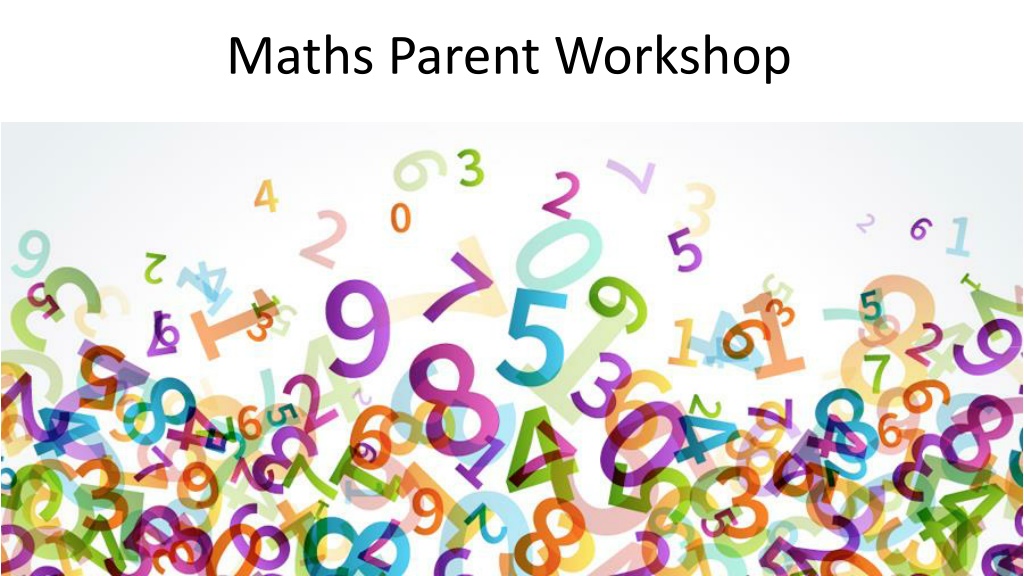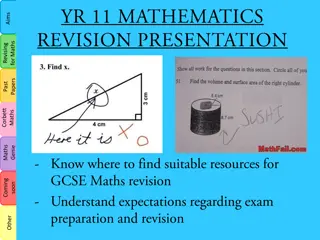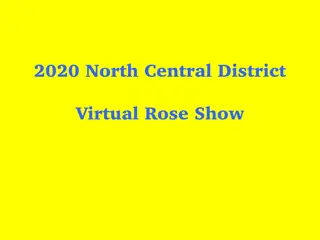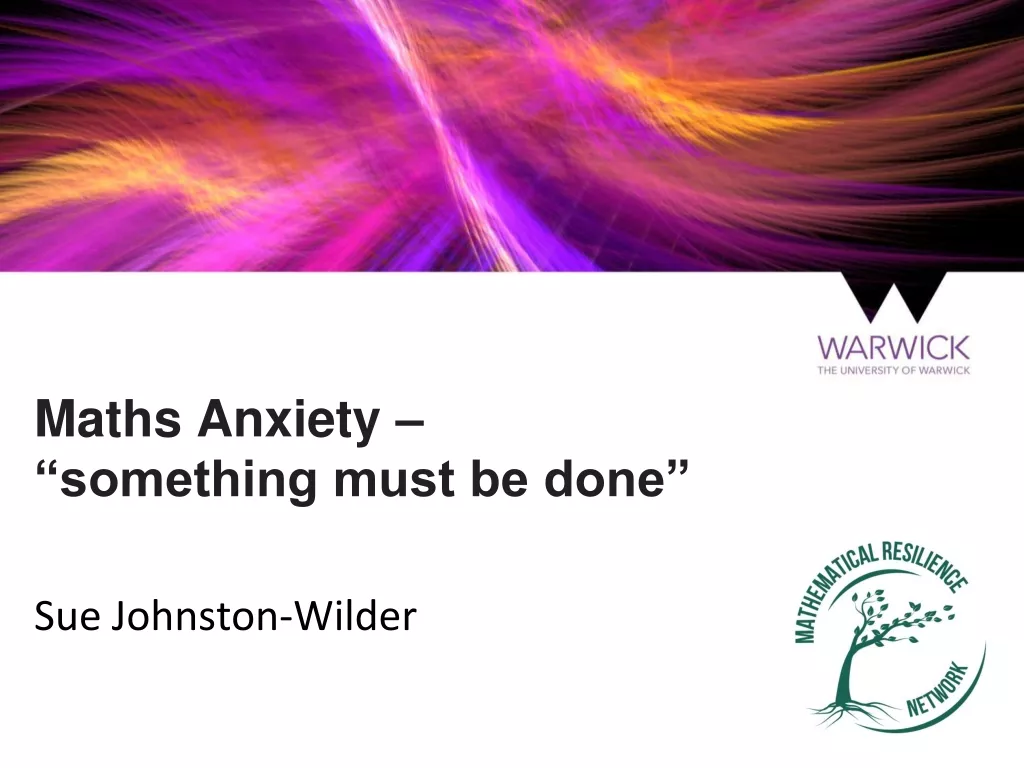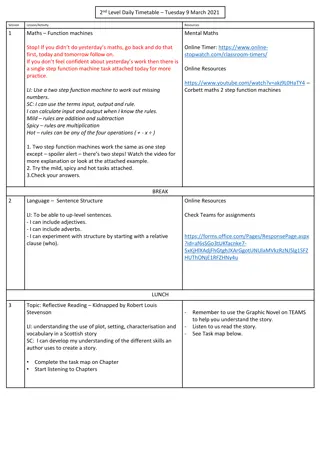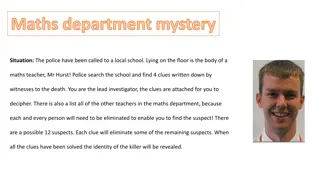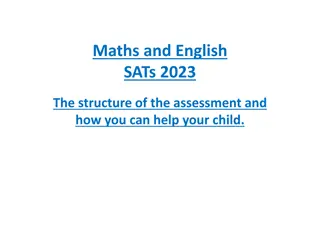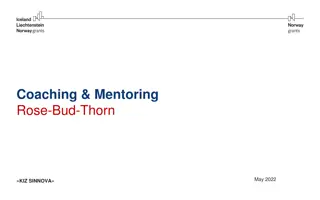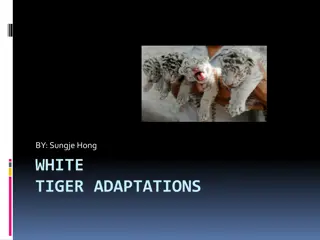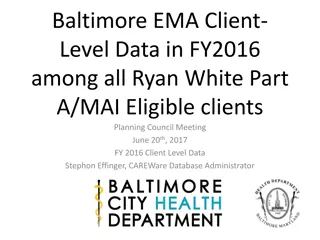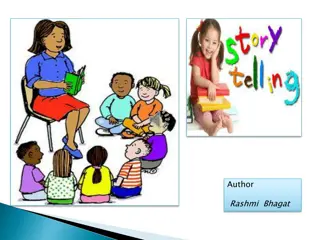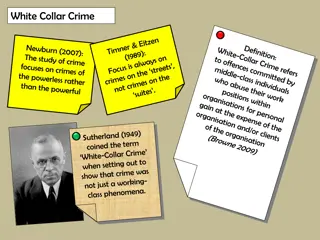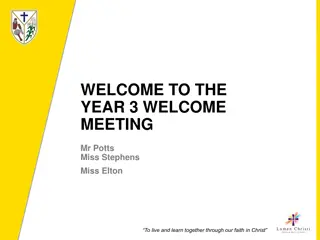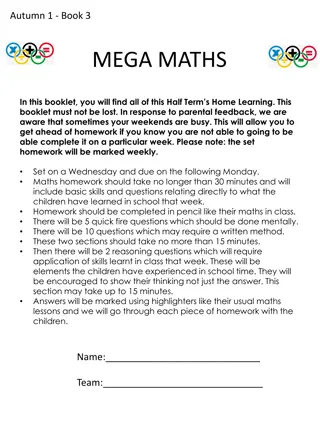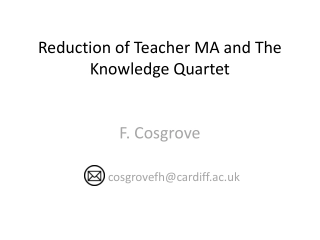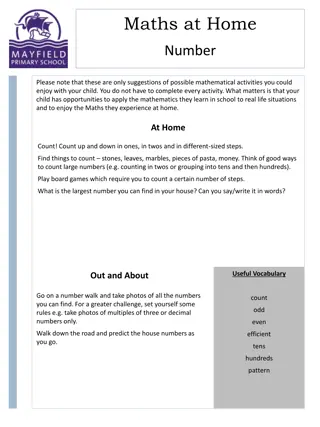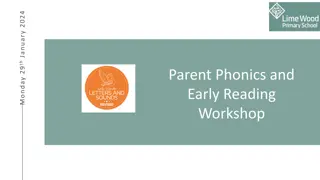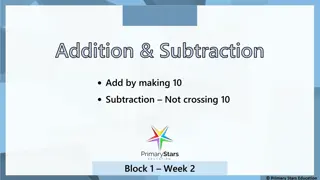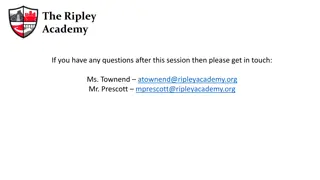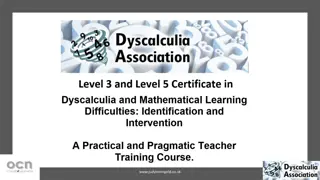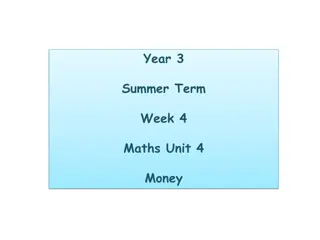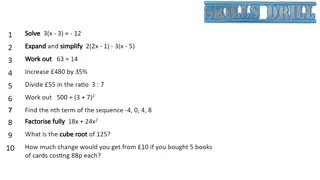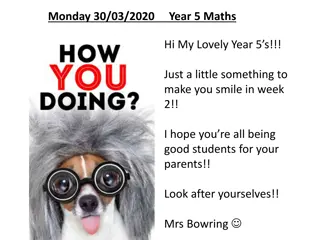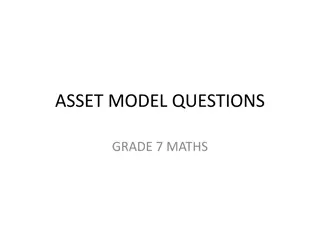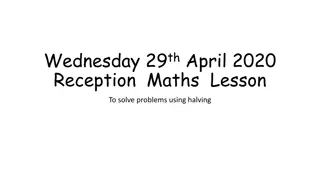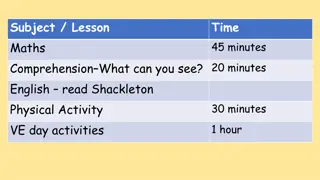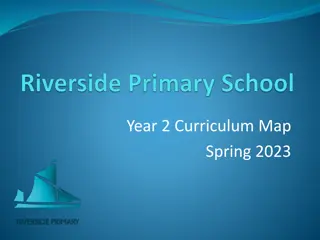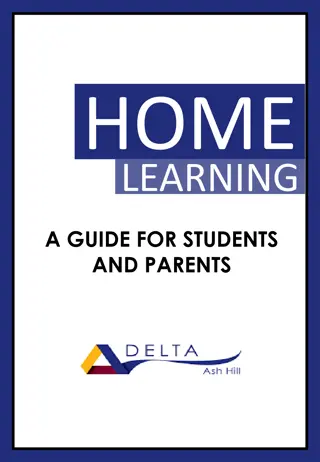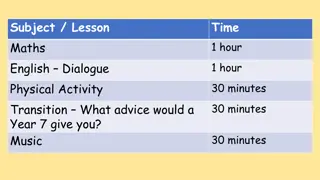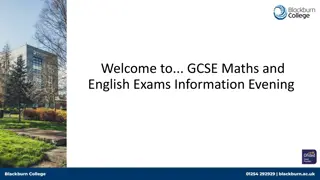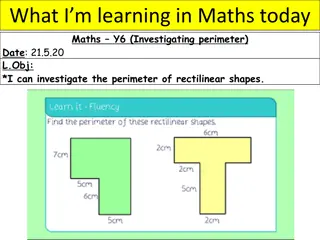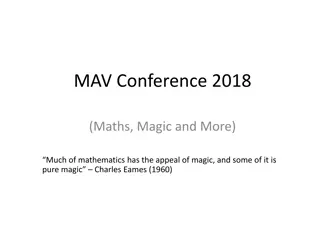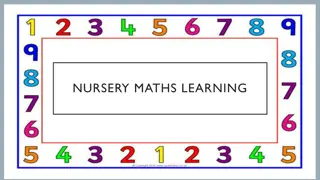Exploring the White Rose Maths Approach in a Parent Workshop
Dive into the innovative White Rose Maths (WRM) approach at Buttsbury schools through a parent workshop led by experienced staff members. Discover the blocked units, small steps, and varied fluency of the approach, along with the importance of Concrete-Pictorial-Abstract (CPA) method for enhancing children's conceptual understanding in mathematics.
Download Presentation

Please find below an Image/Link to download the presentation.
The content on the website is provided AS IS for your information and personal use only. It may not be sold, licensed, or shared on other websites without obtaining consent from the author. Download presentation by click this link. If you encounter any issues during the download, it is possible that the publisher has removed the file from their server.
E N D
Presentation Transcript
Staff Presenting Staff Presenting Ann Robinson BIS Executive Headteacher and BJS Headteacher Sarah Harris BIS Deputy Headteacher Adam Graves BJS Deputy Headteacher Julie Coombs EYFS Phase Leader Cheryl Johnston Year 1 Phase Leader and BIS Maths Subject Leader Lara Woollard Year 2 Phase Leader Frances Cattini Year 4 Phase Leader Olivia Roe Year 5 Phase Leader
Aims: Aims: To understand the White Rose Maths (WRM) approach to teaching maths at Buttsbury schools To explore how WRM progresses throughout the Maths curriculum To explore key approaches of building conceptual understanding
White Rose Approach White Rose Approach Units are blocked: WRM organises the NC strands into blocks varying from 1-5 weeks long. Small steps: Each strand is broken into small steps to allow breadth of a subject to be learnt and mastered. Number heavy: Children have plenty of opportunity to understand the value of numbers, investigate the relationship between numbers, number operations and application just as they would in the real world .
White Rose Approach White Rose Approach Varied fluency: developing number sense and being able to choose the most appropriate method for the task at hand. Expose to range of reasoning, application and problem solving: ability to apply logical thinking to find a correct problem solving strategy. Application of knowledge to find the answer to unfamiliar types of problems. CPA: development of conceptual understanding, processes and methods through concrete and pictorial representations, alongside and/or prior to abstract methods.
(Varied) Fluency (Varied) Fluency
What is CPA? What is CPA? Abstract Concrete Pictorial Reasoning Children can use all stages of the CPA to prove and explain their reasoning.
Concrete Concrete Use concrete objects and manipulatives to help children understand what they are doing.
Pictorial Number lines and Part whole models (Cherry Diagram) Bar Models 400 200 200 50 20 30
Number line 8 + 4 = 20 + 110 = + 80 +30 6 - 4 = 130 20 100
Pictorial Pictorial In Stockholm the temperature is -3 o but Paris is 12o warmer. What is the temperature in Paris? Will the same pictorial always support a child with a reasoning problem? 12
Abstract Abstract This is when children use digits and symbols to demonstrate their calculations and answers. Depending on the lesson, content and Year group, this is introduced at different points and is used alongside the Concrete and Pictorial part of the lesson.
Year Group Stations Year Group Stations EYFS Mrs Coombs and Mrs Harris (Kestrels) Y1/2 Mrs Johnson and Miss Woollard (Woodpeckers) Y3/4 Mrs Cattini and Mr Graves (Robins) Y5/6 Miss Roe and Mrs Morris (Owls) Number Lines Bar Models Number
Reasoning Reasoning How does this statement help you to solve these? 5 + 7 = 12 520 22 220 120 70 7 70 450 15 150 70 50
Multiplication Facts National Curriculum requirements End of Year 2 Children recall and use multiplication and division facts for the 2, 5 and 10 multiplication tables. End of Year 3 Children recall and use multiplication and division facts for the 3, 4 and 8 multiplication tables. End of Year 4 Children recall multiplication and division facts for multiplication tables up to 12 12.
Why are times tables so important? Fractions percentages Factor pairs Decimals Problem solving Square/cube numbers Problem solving Reasoning Scaling Comparing data Ratio and proportion Secondary school progress Life! Just a few reasons!
Maths National Assessment Points EYFS -Baseline on entry to BIS -GLD on exit of EYFS Year 2 -KS1 non-statutory SATs - arithmetic x1, reasoning x1 Year 4 -MTC Year 6 -KS2 SATs arithmetic x1, reasoning x2
Thank you for joining us this evening. Are there any questions?
